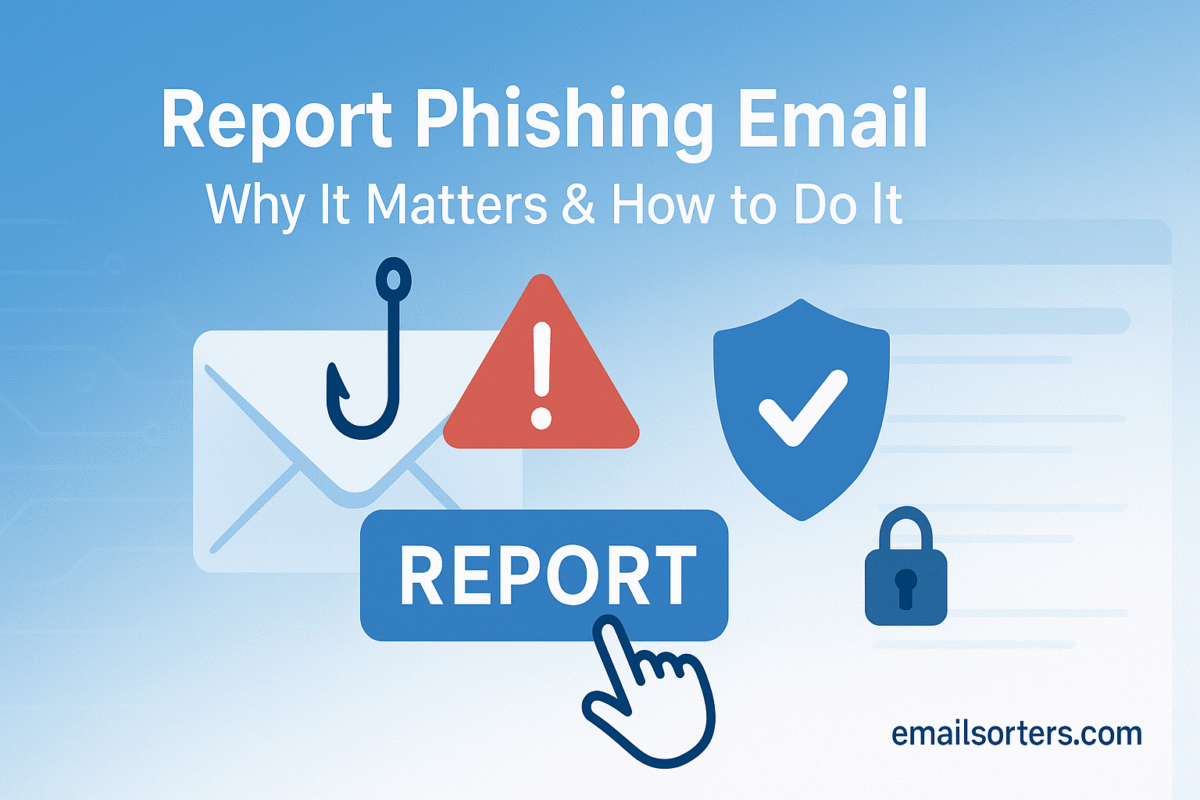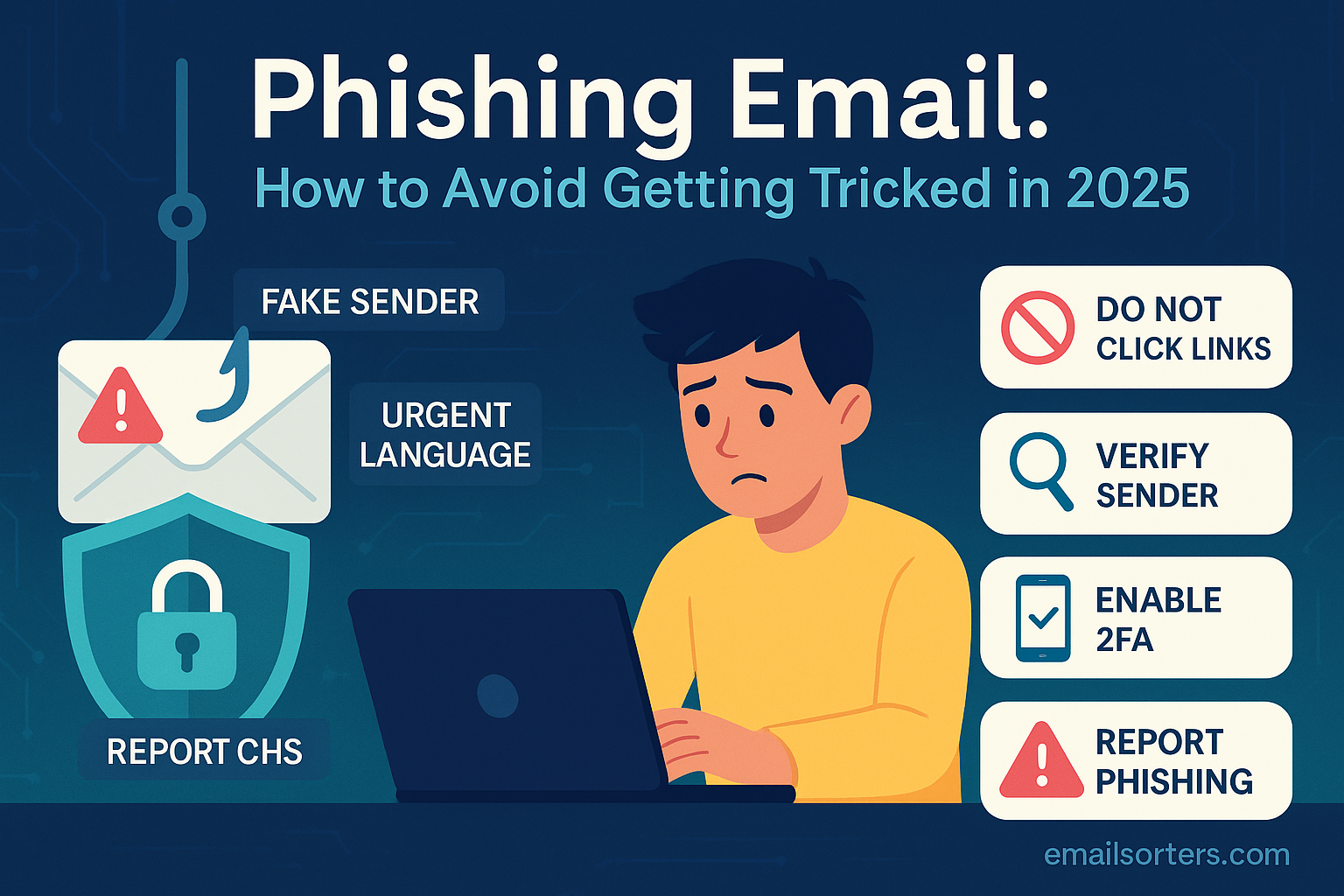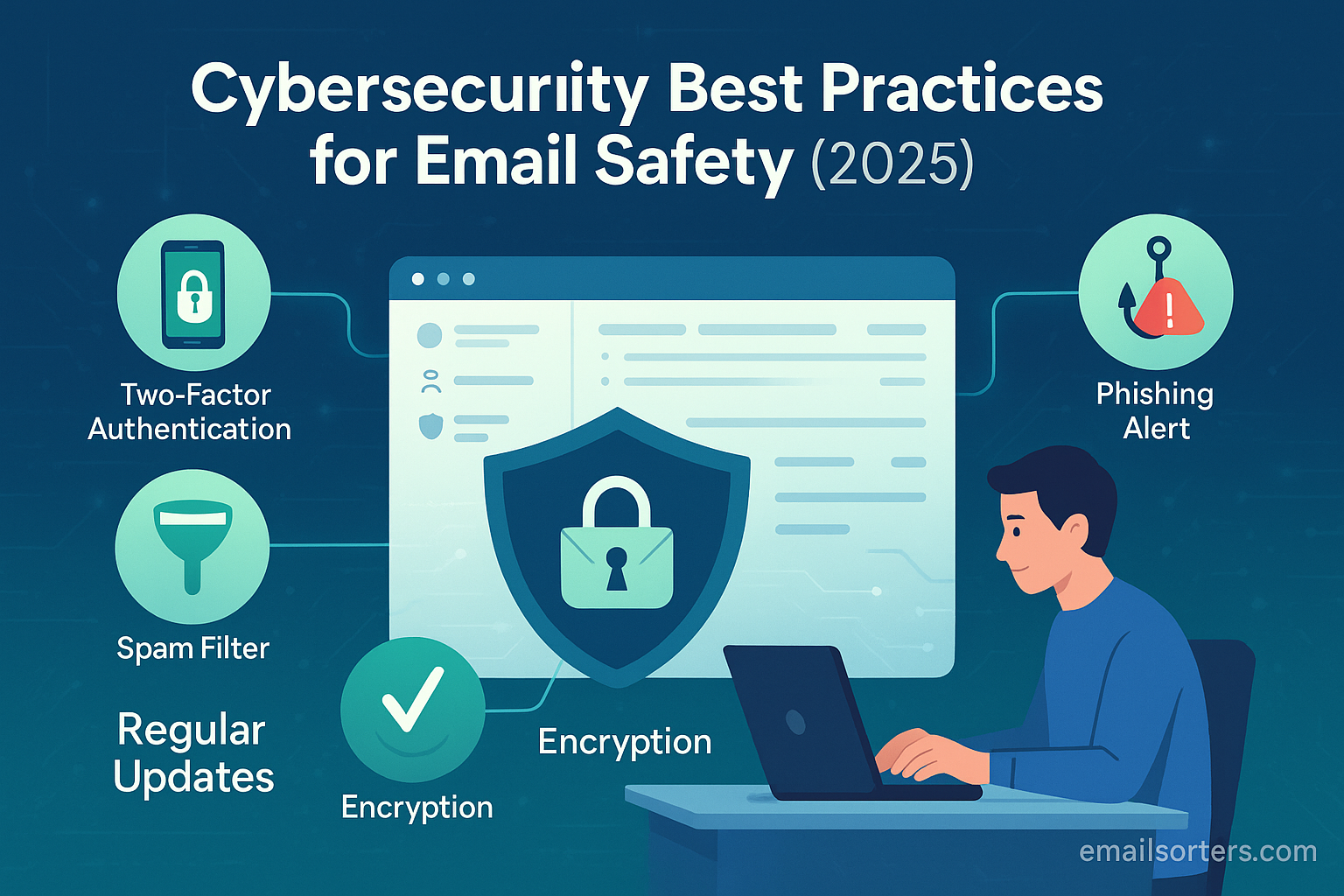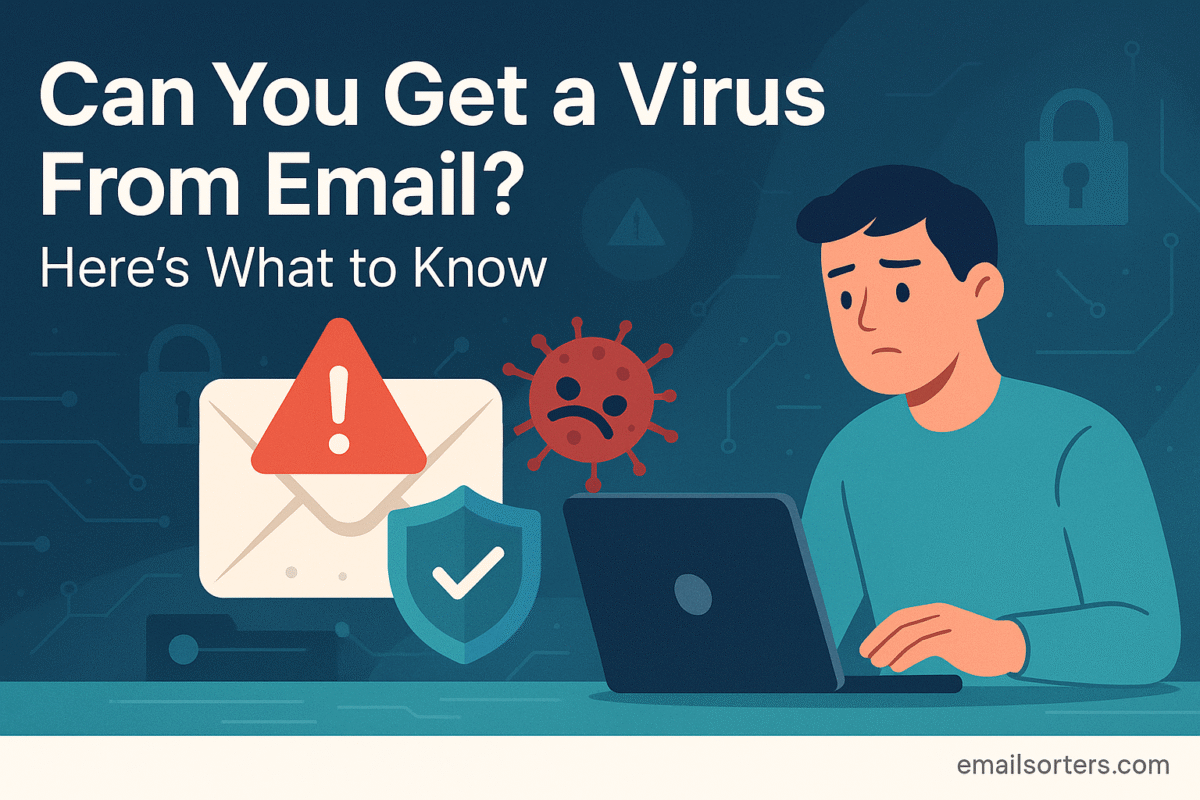Report Phishing email is one of the most persistent cyber threats in daily digital life. These aren’t just harmless spam, they’re crafted messages designed to deceive. Their goal? To get you to share sensitive data like passwords, credit card numbers, or login credentials. Some are clumsy and easy to spot, while others are alarmingly convincing, often mimicking legitimate companies, banks, or even coworkers.
A typical phishing email might look like a password reset notice, an invoice, or a warning about suspicious account activity. It may even greet you by name. But beneath that familiar facade is a trap. Click a link, and you’re taken to a fake login page. Download an attachment, and you could unknowingly install malware. What makes phishing especially dangerous is its evolution it adapts quickly, often using social engineering tactics to exploit fear, curiosity, or urgency.
The stakes are high. Falling for just one phishing email can compromise not just your own data but also the security of everyone in your network. According to Wikipedia, phishing is often the entry point for major cyberattacks, including ransomware and data breaches affecting millions. That’s why identifying and reporting these threats is essential not just for yourself, but for a safer online space overall.
Why Reporting Matters More Than Deleting
When you spot a phishing email, your first instinct might be to delete it and move on. But that’s only half the job. Reporting that email has a much bigger impact it alerts your email provider or organization to a potential threat that others may also be facing. Think of it as sounding the alarm before the fire spreads.
Here’s how it works. Most email platforms like Gmail, Outlook, and Yahoo offer a “Report phishing” option. When you click it, the message isn’t just removed from your inbox. It’s flagged and sent to a threat-detection team or AI system that analyzes its content, metadata, and origin. That one report could help prevent thousands of similar emails from reaching other users.
In corporate environments, reporting phishing is even more vital. Security teams use these alerts to update filters, block harmful domains, and notify employees of active scams. Sometimes, a phishing attempt is a sign of a larger coordinated attack, like a spear-phishing campaign targeting an entire company.
There’s also a legal and societal benefit. Reporting helps law enforcement agencies and cybercrime investigators gather intelligence on phishing networks. As highlighted in the NYTimes, reporting from users often contributes to takedowns of large-scale fraud operations. Your one click might not seem like much but in the bigger picture, it adds up.
What Happens When You Report a Phishing Email?
It’s natural to wonder: where does the email go when I report it? Behind the scenes, several things happen, depending on the platform and your account type. If you’re using a personal account, like Gmail, the message is typically removed from your inbox and passed to automated systems. These systems scan for patterns suspicious URLs, mismatched headers, spoofed addresses, and more.
In business or enterprise accounts, your report might be forwarded directly to a security team or cybersecurity tool like Microsoft Defender, Proofpoint, or Mimecast. From there, the message is quarantined, dissected, and cross-referenced with existing threat databases. If it’s part of a known campaign, it might immediately trigger updated filtering rules for your whole organization.
If the phishing attempt is new or particularly sophisticated, it might be added to a broader alert list. Domains used in the scam can be blacklisted. If attachments carry malware, the file is isolated and reverse-engineered to create virus signatures that help antivirus programs catch similar threats in the future.
The Role of the Spam Folder in the Fight Against Phishing
Your email’s spam folder isn’t just a dumping ground for annoying ads it’s your first layer of protection against phishing and other malicious content. Emails that get filtered into spam often match known patterns of unsolicited behavior, like mass mailings, unverified domains, or aggressive sales tactics. But phishing messages sometimes land there too, especially if they’re part of widespread campaigns.
That’s why it’s important to check your spam folder occasionally not to read every message, but to ensure that nothing important has been mistakenly filtered. If you spot something that looks like phishing, don’t just delete it. Mark it as phishing. That step teaches your filter what to block in the future.
Sometimes, a phishing message can sneak into your main inbox if it’s especially convincing. It might spoof a trusted sender or use urgent language to trick the system. The best way to prevent this from recurring is to report the message immediately and move it to spam. This signals to your email provider that something slipped through, prompting an update to the filter’s criteria.
How to Identify a Phishing Email: 10 Key Red Flags
(This is the only section that uses a numbered list, as per instruction.)
- Generic greetings – “Dear Customer” or “Hi User” are often used instead of your real name.
- Urgent language – Phrases like “Your account will be closed in 24 hours!” are meant to scare you into acting quickly.
- Strange sender addresses – The name may say “Amazon,” but the email might be from a random or misspelled domain.
- Unexpected attachments – Especially if you weren’t expecting an invoice, resume, or report.
- Spoofed websites – Links that look legitimate but direct to a slightly altered URL.
- Grammatical errors – Poor language or awkward phrasing is a major giveaway.
- Requests for credentials – No legitimate company asks for passwords via email.
- Unusual formatting – Fonts, colors, or layouts that don’t match the sender’s typical style.
- Too-good-to-be-true offers – “You’ve won $1,000!” is rarely a legitimate message.
- Mismatch between text and link – Hovering over the link shows a different destination than the one written.
Spotting even one of these red flags is reason enough to be cautious. If you’re in doubt, don’t click. Report the email and verify with the supposed sender through another channel.
The Connection Between Spoofing and Phishing Attacks
Phishing and spoofing go hand in hand. While phishing refers to the deceptive content meant to trick you into revealing sensitive data, spoofing is the disguise it’s how attackers make their emails appear to come from a trusted source. Without spoofing, many phishing attempts would be easy to spot. With it, they become far more convincing.
Spoofing often involves altering the “From” address so it looks like the message came from someone you know a colleague, your bank, even your own email address. That might seem impossible, but due to the limitations of traditional email protocols like SMTP, this kind of manipulation is surprisingly easy for attackers to pull off. They rely on the assumption that most people won’t check the full email headers or notice a domain that’s one letter off.
This tactic makes phishing emails feel authentic. It’s the reason you might see a “support@apple.com” message that’s actually sent from a malicious server halfway around the world. Spoofing helps the attacker get through your defenses not just technical filters, but psychological ones. If you think an email is from a familiar name, you’re more likely to let your guard down.
What makes spoofing dangerous is that it’s hard to detect without a trained eye. That’s why email providers use authentication methods like SPF, DKIM, and DMARC to verify sender identity. If a message fails these checks, it might be flagged or sent to your spam folder. But even then, some messages slip through.
How Email Security Measures Strengthen Phishing Defenses
Stopping phishing isn’t just about spotting suspicious emails it’s also about creating a strong email security foundation. Email platforms and IT teams use multiple layers of protection to catch phishing before it reaches your inbox. These include things like spam filters, domain authentication, behavioral analysis, and link scanning.
One of the most important tools is sender authentication. SPF (Sender Policy Framework), DKIM (DomainKeys Identified Mail), and DMARC (Domain-based Message Authentication, Reporting, and Conformance) are protocols that verify whether an email actually came from the domain it claims to. When set up correctly, they prevent most spoofing attempts from landing in inboxes.
Then there’s link protection. Many enterprise email systems scan URLs in real time. If a link points to a phishing site, it gets blocked before you can click. Attachment scanning does the same for dangerous files, isolating anything suspicious before it can do harm.
For businesses, security tools like secure email gateways (SEGs), phishing simulation training, and centralized reporting platforms add further protection. These systems track patterns of attacks and help staff understand how phishing works in the real world.
But technology alone isn’t enough. Users play a key role in this system. When you report a phishing email, you give your provider or IT team the data they need to keep improving these defenses. It’s a collaborative effort software handles the heavy lifting, but human feedback sharpens the results.
The Importance of Two-Step Authentication After Phishing Attempts
Let’s say you clicked on a phishing link and entered your password before realizing the scam. What now? One of the best ways to limit the damage is to have two-step authentication (2FA) already enabled. With 2FA, even if your password is compromised, attackers won’t be able to access your account without that second step usually a one-time code sent to your phone or generated through an app.
Two-step authentication is an essential layer of protection. It turns your login process into a double-lock system. Even if attackers gain the key (your password), they can’t get through the door without the second factor. This makes a huge difference, especially in stopping account takeovers after successful phishing attacks.
Many platforms now require or strongly encourage 2FA. Banks, email providers, and social media sites recognize that passwords alone are no longer enough. Phishing scams have become too advanced, and password leaks happen more often than most people realize.
If you’ve already been targeted, setting up 2FA can help you recover more safely. It reduces the chances of follow-up attacks and adds peace of mind. But don’t wait for a phishing scare to act. Make two-step authentication part of your basic online hygiene something you enable on every important account.
When to Involve Authorities: Escalating Serious Phishing Incidents
Not all phishing emails are harmless scams. Some are part of larger fraud campaigns, targeted corporate attacks, or identity theft schemes. If you’ve suffered a loss or believe others might reporting to email providers is only the first step. You may need to escalate the issue to authorities or dedicated anti-fraud organizations.
In the U.S., the Federal Trade Commission (FTC) accepts phishing reports and provides support for victims. Forward suspicious emails to reportphishing@apwg.org an initiative by the Anti-Phishing Working Group that helps trace phishing operations globally. Your report contributes to their efforts in shutting down phishing sites and identifying patterns used by criminals.
If a phishing scam involved financial loss, data compromise, or impersonation, you should also contact your local law enforcement or cybercrime units. Most countries now have specific reporting portals. For example, the UK uses Action Fraud, Canada relies on the Canadian Anti-Fraud Centre, and Australia supports Scamwatch. Each organization has resources to help victims recover and advice to prevent future attacks.
You don’t have to go it alone. These agencies exist to help, and your report can prevent others from falling into the same trap. Just be sure to include all relevant details sender address, subject line, message content, and any links or attachments (without clicking them).
Educating Your Team or Family About Phishing Threats
Phishing protection isn’t just a personal responsibility it’s a team effort. Whether you manage a workplace or help your family stay safe online, raising awareness about phishing scams is one of the most effective ways to prevent future attacks. Most phishing victims don’t fall because they’re careless they fall because they don’t know what to look for. That’s why regular education makes such a difference.
Start by discussing real examples. Show what a phishing email looks like and explain how it tries to manipulate people. Talk about common tricks fake login pages, spoofed sender addresses, urgent language. Help your group understand that phishing isn’t just about technical knowledge; it’s about recognizing emotional tactics designed to rush decisions.
In work environments, phishing simulations are increasingly common. These tools send mock phishing emails to employees and track how they respond. Those who fall for the bait are redirected to training modules that explain what went wrong. It’s not about shaming it’s about building awareness in a safe, controlled setting.
At home, consider setting up a basic digital safety checklist for your household. Remind family members to never click suspicious links, avoid downloading attachments from unknown senders, and double-check login pages. For kids or less tech-savvy adults, keep the message simple: if something looks strange, ask before clicking.
Education transforms users from potential victims into active defenders. It creates a shared culture of caution, where even one alert team member can stop a phishing attempt before it spreads. Over time, awareness becomes second nature and phishing becomes easier to spot, report, and stop.
Phishing in the Future: What to Expect Beyond 2025
Phishing isn’t going away. In fact, as technology advances, phishing is evolving right along with it. We’re already seeing signs of this in 2025 with attackers using AI tools to craft more convincing emails, imitate speech and writing patterns, and tailor messages to specific industries or individuals.
Future phishing campaigns may not rely on generic “You’ve been hacked” emails. Instead, they’ll use personal data, scraped from social media or past breaches, to craft messages that feel tailor-made. You might receive an email that references your hometown, your recent job application, or a conversation you had online. This level of personalization makes phishing harder to detect and much more dangerous.
Artificial intelligence is also playing a role. Generative language tools are helping scammers write flawless messages with no grammatical errors removing one of the last red flags that users relied on. Meanwhile, voice cloning and deepfake technology could lead to phishing via voicemail, video calls, or fake customer support interactions.
Email security platforms are responding with more advanced detection methods, like behavioral analysis, AI-generated risk scoring, and link re-writing. But technology alone won’t be enough. Human awareness, continued education, and fast reporting will remain crucial parts of phishing defense.
Looking forward, your best bet is to stay informed. Keep learning, question unusual messages, and make reporting a habit. Phishing may change but so can your readiness to fight it.
Summary and Final Thoughts
Phishing emails are more than a nuisance they’re a real threat to your personal and professional life. They can steal data, infect your system, damage your finances, and compromise your organization. But with the right habits, tools, and awareness, you can stop phishing in its tracks.
The key is knowing what to look for. Phishing emails often use emotional pressure, fake branding, and spoofed addresses to fool users. Once you spot the signs, the next step is crucial: report the email. That single action helps filter future threats, protects others, and supports broader cybersecurity systems.
From checking your spam folder, enabling two-step authentication, and understanding spoofing, to educating others and reporting to the right authorities each action plays a role. You’re not just defending yourself; you’re helping build a safer digital environment for everyone.
If you ever feel unsure about an email, trust your instincts. Slow down. Don’t click until you’re certain. And remember: reporting a phishing attempt is never a waste of time it’s a powerful act of prevention.
FAQs
1. What’s the difference between spam and phishing?
Spam refers to unwanted promotional or bulk messages. Phishing, on the other hand, is a form of fraud designed to steal personal information or trick users into harmful actions.
2. Should I report phishing emails even if I didn’t click anything?
Yes. Reporting helps your provider or IT team block similar messages for others, even if you weren’t personally affected.
3. Can phishing emails be stopped completely?
Not entirely, but with strong filters, two-factor authentication, and user education, most phishing attempts can be caught before causing damage.
4. What’s the safest way to handle a suspected phishing email?
Don’t open attachments or click links. Use the “Report phishing” feature in your email client or forward it to your IT or security team.
5. How do I explain phishing to non-tech-savvy people?
Keep it simple: phishing is fake email that tries to trick you into giving up information. If something seems off, don’t click ask someone you trust.




